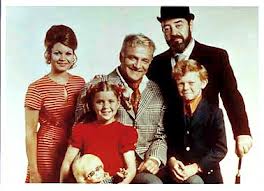‘
The due diligence period is the time period between the acceptance of the offer and the close of escrow. This is particularly relevant to those of us investing in fixer upper houses. It is the time to find out if you really want the property. If you find something wrong with the house and don’t wish continue with the purchase, you can ask the seller for adjustments, or get out of the contract. Following the outline in “Investing in Real Estate for Dummies,” we now look the first component of actual inspection: the physical and structural inspection.
Areas that you may want to hire experts to help you inspect:
-overall condition of property
-structural integrity
-foundation, crawl space, basements, sub flooring and decks
-roof and attic
-plumbing system
-electrical system
-heating & A/C
-landscaping, irrigation & drainage
-doorways, walls & windows
-moisture intrusion
-seismic, land movement, or subsidence and flood risk
-illegal construction or additions and zoning violations
Be careful to check for water intrusion and signs of toxins and mold. These can result in property damage and negative health effects.
Tell-tale signs to watch for that might indicate serious structural issues:
Cracks: Some hairline cracks may be naturally occurring settlement of the structure over time, but if you can stick a screwdriver into the crack, something else may be going on.
Unleveled or squishy floors: Walk through the property and look for floors that slant or slope. And watch for soft spots in raised floors.
Misaligned structure: You can use a handy laser level (that seem omnipresent in the hardware stores) and see if floors, walls and ceilings are uneven or out of plumb. Watch for doors or windows that don’t open or close easily.
Grounds: Be sure the property drains properly. Excess groundwater, poor drainage, or cracked/bulging retaining wall are signs of soil issues.
Moisture intrusion: Look for ceiling/wall discoloration and stains. Living in an area where flat roofs are common, my wife and I automatically check the ceilings of all potential investment properties. Musty odors could indicate moisture issues. Sump pumps anywhere on the property are a red flag.
Plumbing leaks: Check under sinks, supply lines for faucets, toilets, dishwashers, and washing machines.
NEXT UP: PEST CONTROL AND PROPERTY DAMAGE
Share this: del.icio.us | Digg | Ma.gnolia | Reddit | Stumble Upon |






